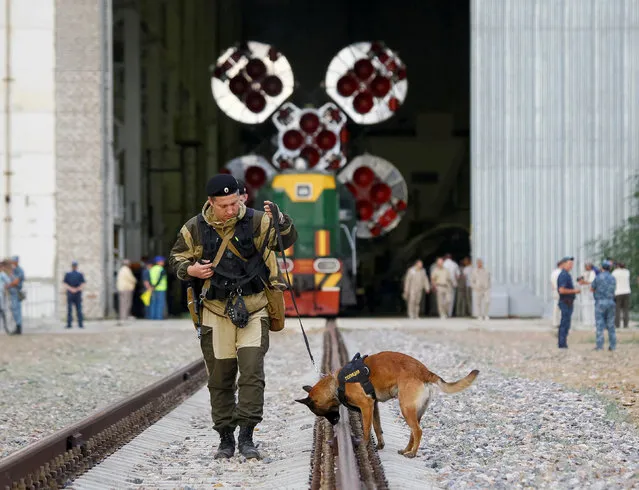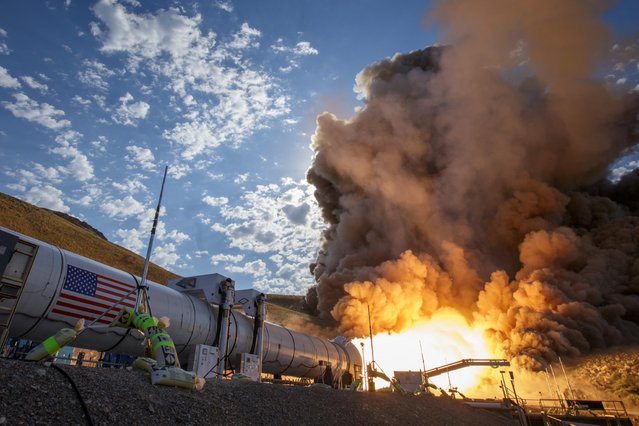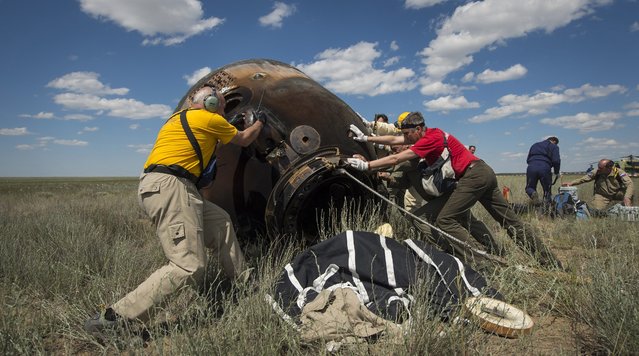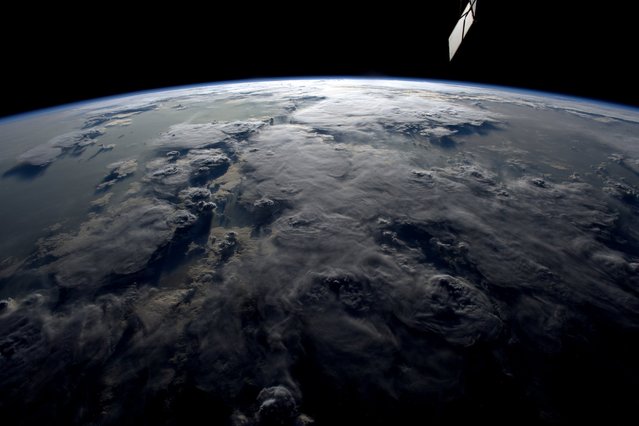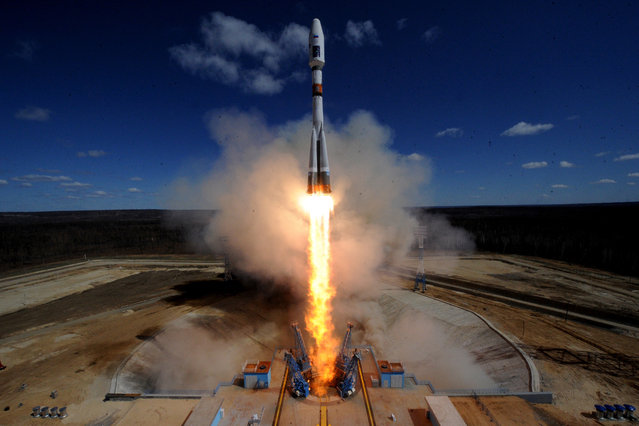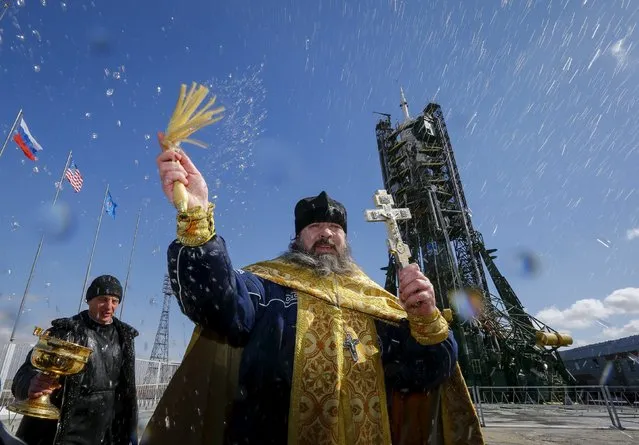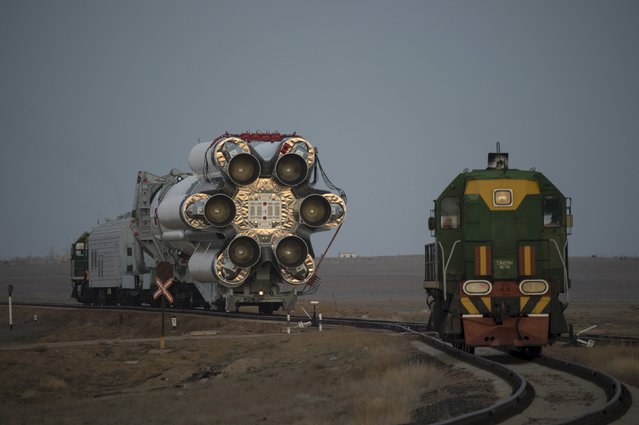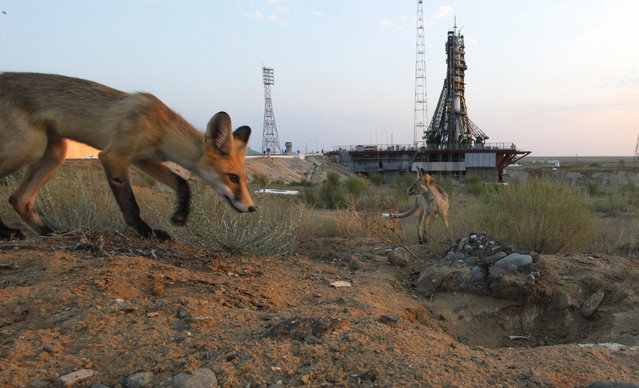
Wild foxes walk in front of a launch pad prior the launch of the Soyuz-FG rocket booster with Soyuz MS space ship carrying a new crew to the International Space Station, ISS at the Russian leased Baikonur cosmodrome, Kazakhstan, Thursday, July 7, 2016. The Russian rocket carries U.S. astronaut Kate Rubins, Russian cosmonaut Anatoly Ivanishin, and Japan astronaut Takuya Onishi. (Photo by Dmitri Lovetsky/AP Photo)
08 Jul 2016 11:43:00,post received
0 comments

